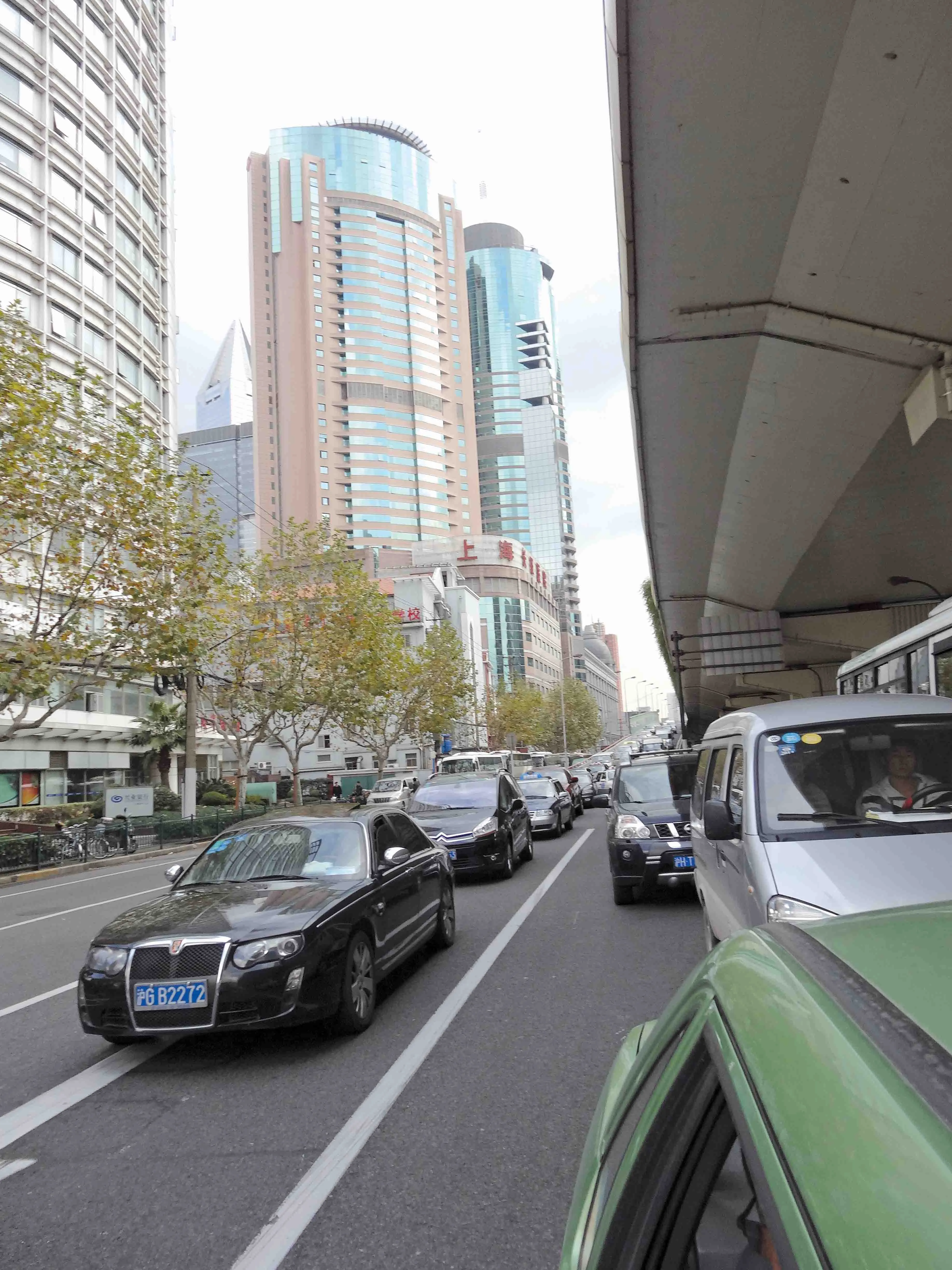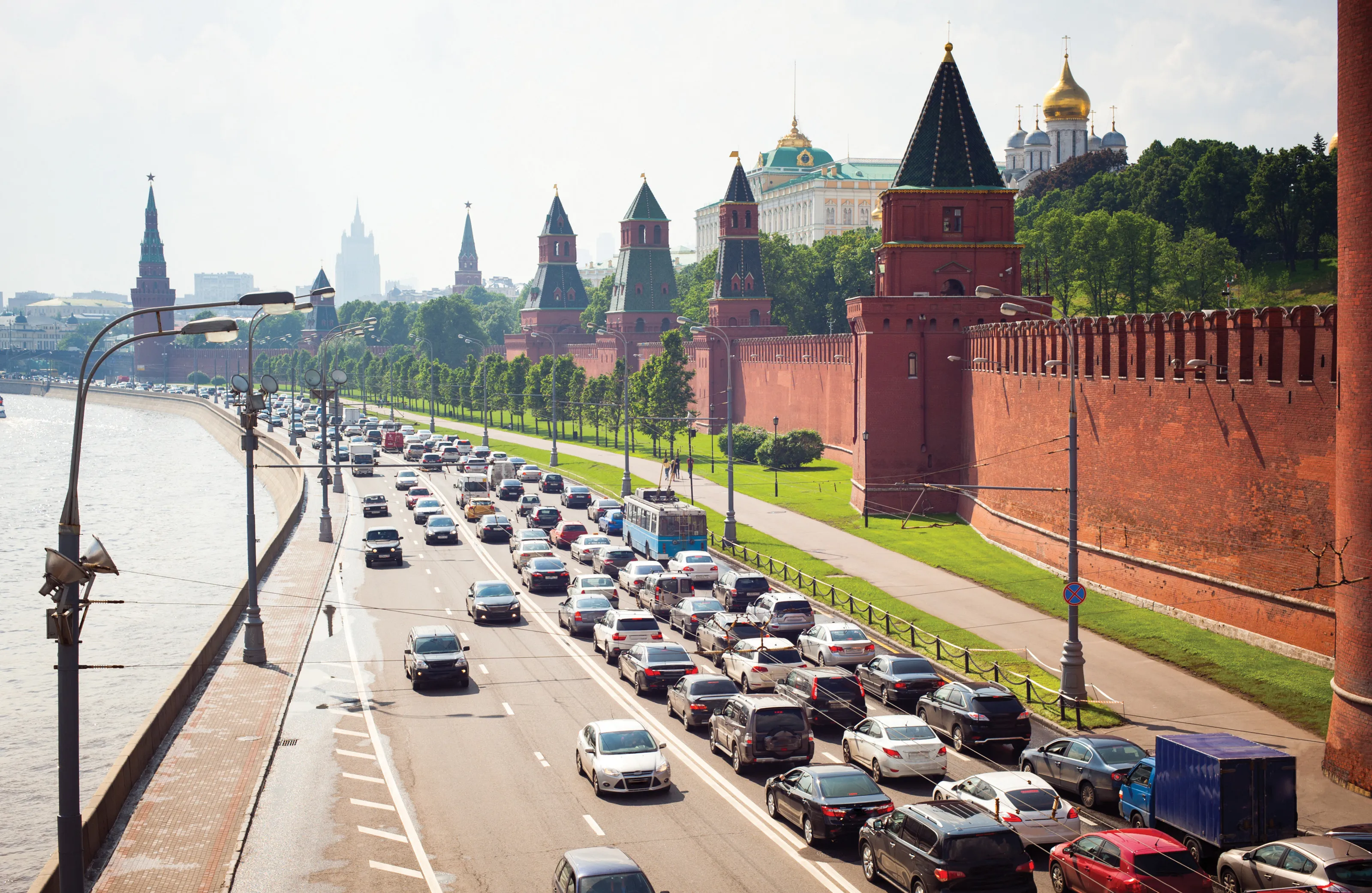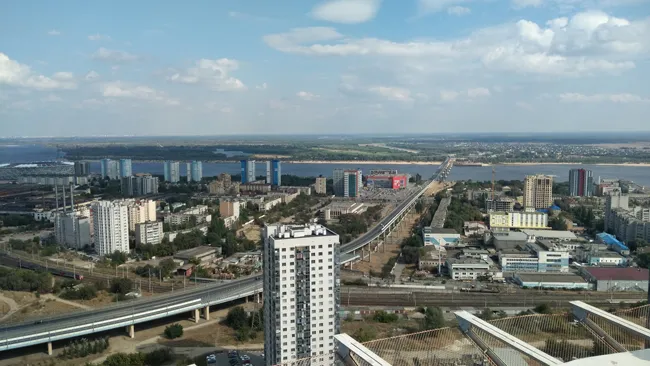
The governments of China, Kazakhstan, Belarus and Russia have finally approved a project for the building of a new transcontinental road, which will connect Asia and Europe
The new route is much-needed and will speed the transportation of cargo between the two continents, according to Maxim Sokolov, Russia’s Minister of Transport.
The idea for the building of the road was first proposed by the European Commission around 2005. It was prompted by the ever growing volume of trade between the EU and China, which reached €467 billion in 2014.
According to the European Conference of Ministers of Transport, the volume of trade between European and Asian countries has grown by a factor of six in the last 20 years, and continues to grow.
According to Sokolov, the new four-lane high-speed road will be known as Meridian and will be designed for an average speed of 110km/h. This is significantly higher than the average speed rate in Russia and other countries of the Customs Union (which is currently set at 80km/h). The overall length of the road will be 8,445km in all. It will link the German city of Hamburg with the Chinese city of Shanghai.
According to initiators of the project, the road will allow significantly faster delivery of cargo from China to Europe, and in the opposite direction.
According to calculations by the Russian Ministry of Transport, thanks to the new road, cargo transportations between the two continents will not exceed 11 days, which is almost three times faster than the current delivery time. In addition, this will be also significantly faster than sea transportation from China to Europe, which currently takes around 45 days. It is expected that the new road will have a particular importance for the manufacturers of industrial and perishable goods. The new road will have hookups with the Suez Canal and the Northern Sea Route, as well as the Trans-Siberian Railway.
Moreover, according to recent statements by Roman Starovoit, head of Russian Highways (the Russian state infrastructure and highway service company, that will be directly responsible for the implementation of the project on behalf of the Russian government), the new road would be of similar logistical importance as the Suez Canal and the Silk Road.
The total cost of the project is estimated at around US$6 billion. It is planned that the majority of funds for the building of the new road will come from private sources.
To date, interest in the project has already been expressed by some Russian and Chinese investors. In the case of Russia, it is planned that part of the funds will be provided by local financial groups.
The Chinese Government and the country’s private investors are ready to invest $4 billion in the project. For this purpose, a special development fund has been established, the Silk Road. Its investors include the Export-Import Bank of China and the China Development Bank.
Maria Vinichenko, board member of the "Russian holding company" (one of Russia’s largest engineering holdings, specialising on bridge and road building), said that the construction of the road will begin in 2017 and should be complete by 2019.
This will be a toll road with payment collected from auto carriers registered in countries that are not members of the Eurasian Economic Union. EEU states are primarily in northern Eurasia, among which are Belarus, Kazakhstan, Russia, Armenia and Kyrgyzstan.
According to Dmitry Sapozhnikov, deputy general director of Russian holding company, the new road will initially carry 5,000 vehicles per day, while over the next five years these figures will be increased up to 15,000 vehicles per day. The Russian stretch of the road will have a length of about 2,000km. The new road will pass through the territory of Orenburg, Saratov, Tambov, Lipetsk, Bryansk, Smolensk and other regions of Russia.
At the same time, the Kazakh section of the road will be about 2,800km, while the Chinese section of the road will be about 3,000km. In the case of Kazakhstan, the road will pass through the local cities of Aktobe, Kyzylorda, Shymkent, Taraz, Korday, Almaty and some other cities and regions, while in China through Lanzhou, Zhengzhou and Lianyungang.
The Kazakh government is considering the project as the "construction project of the century". The payback period for the project will be around 20 years.







